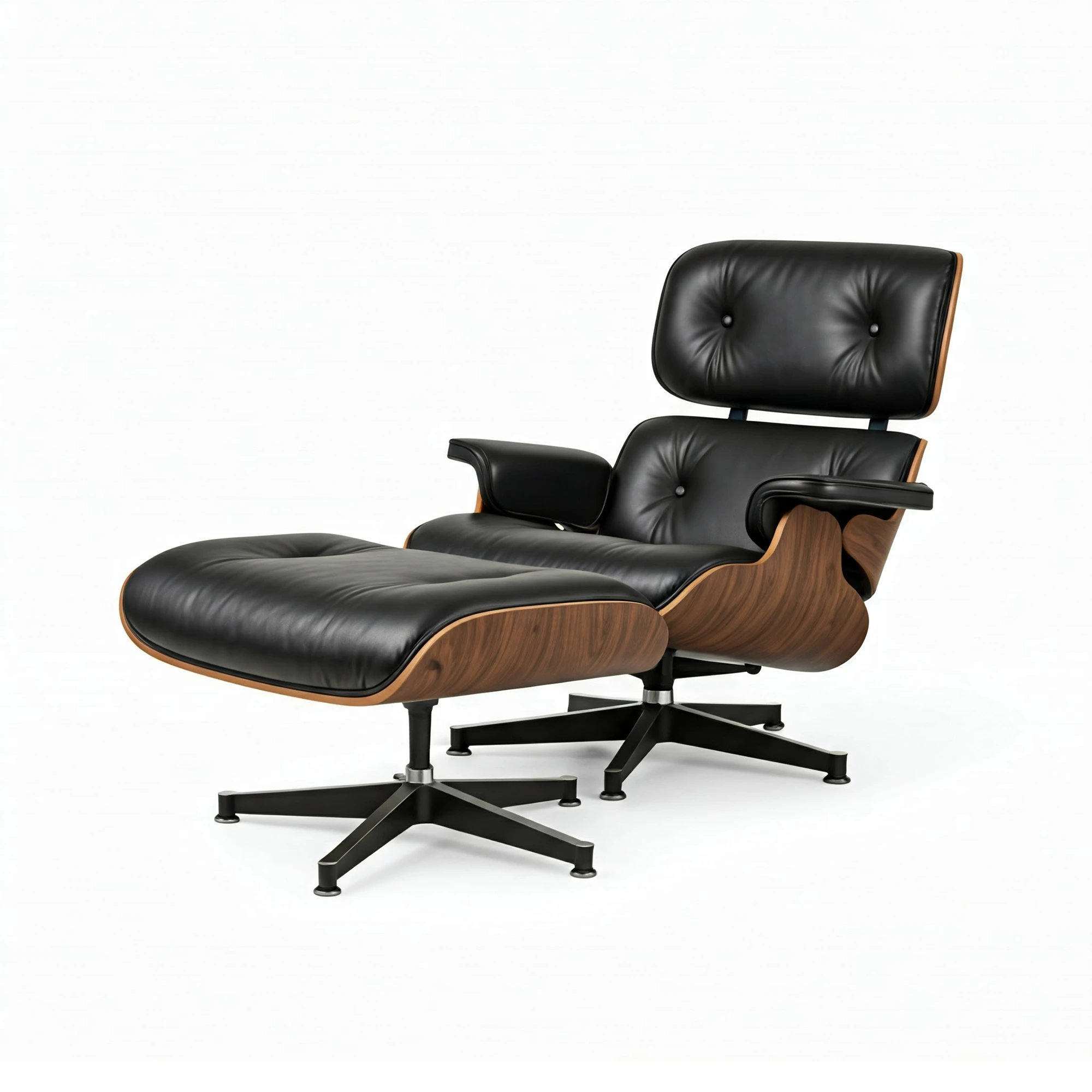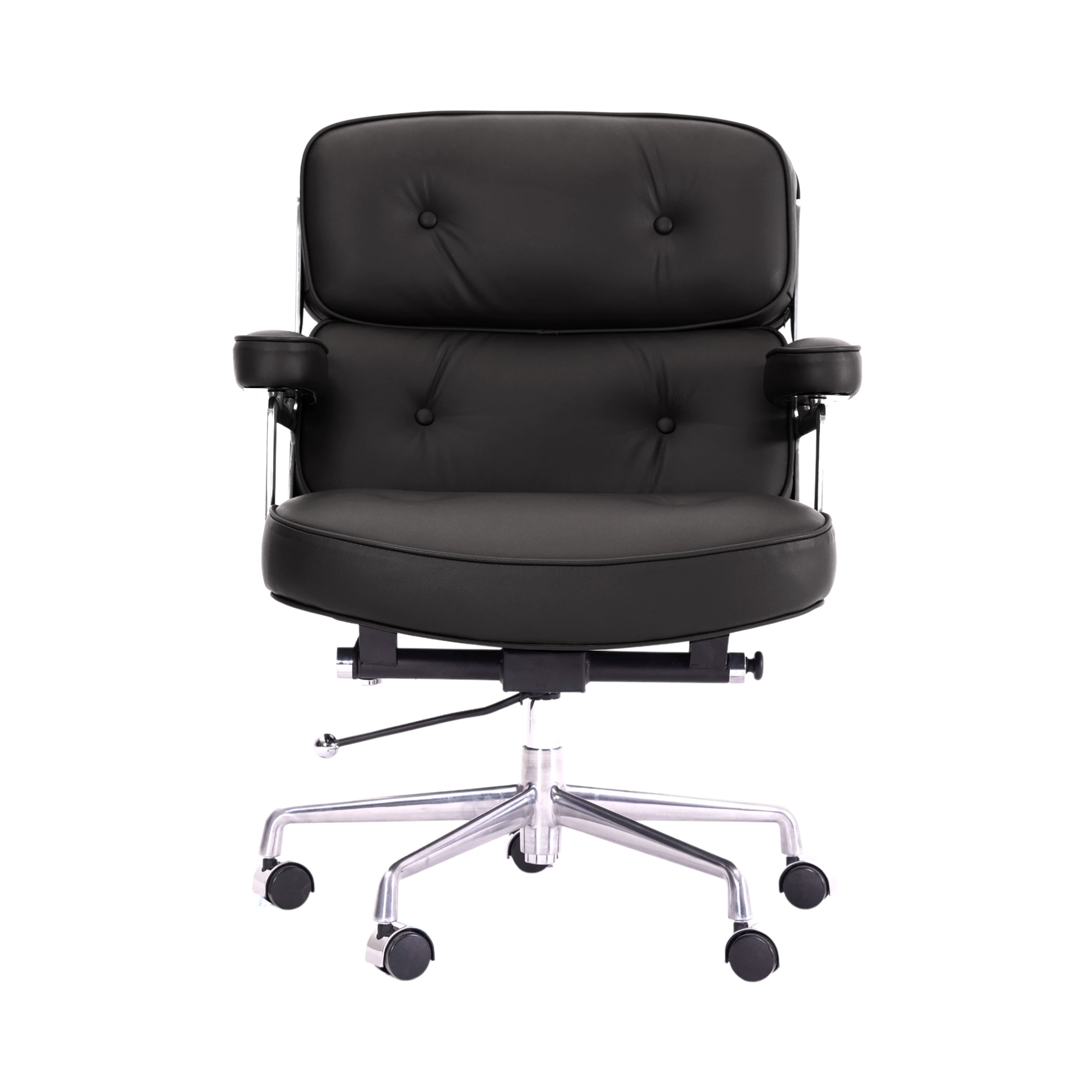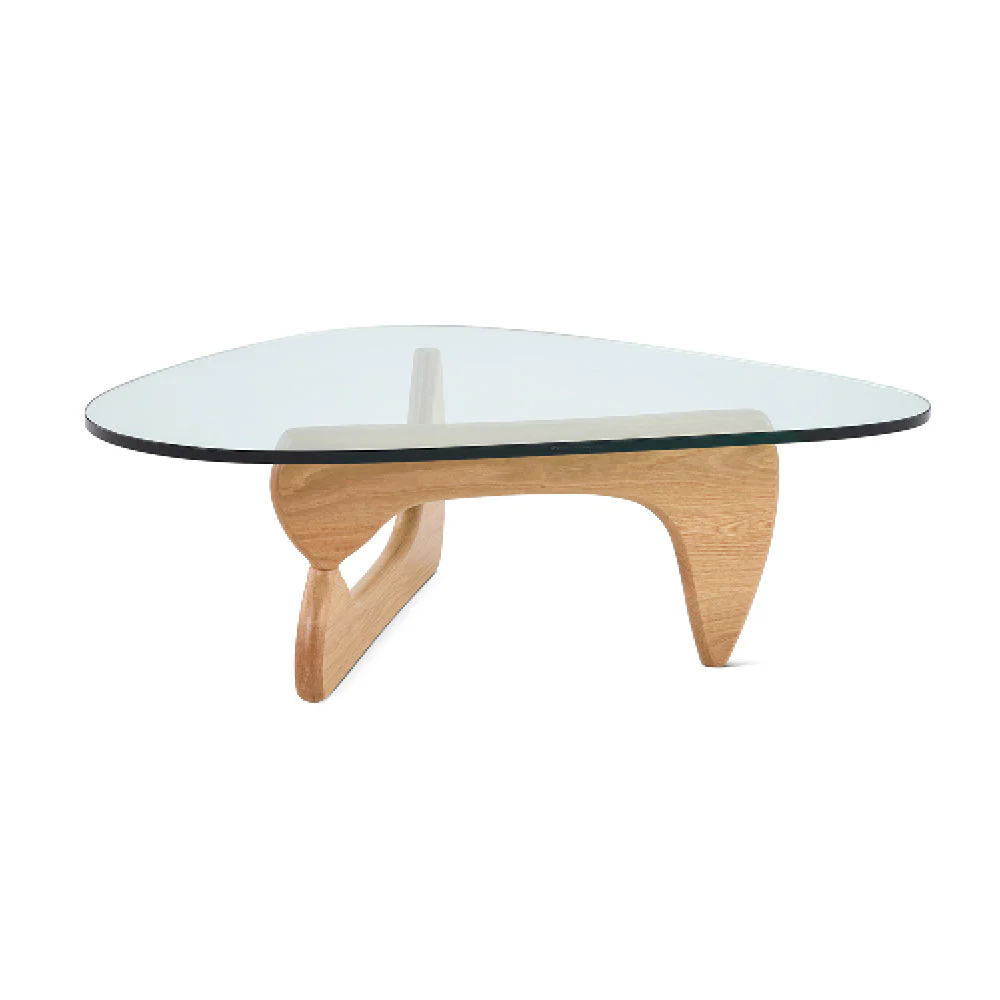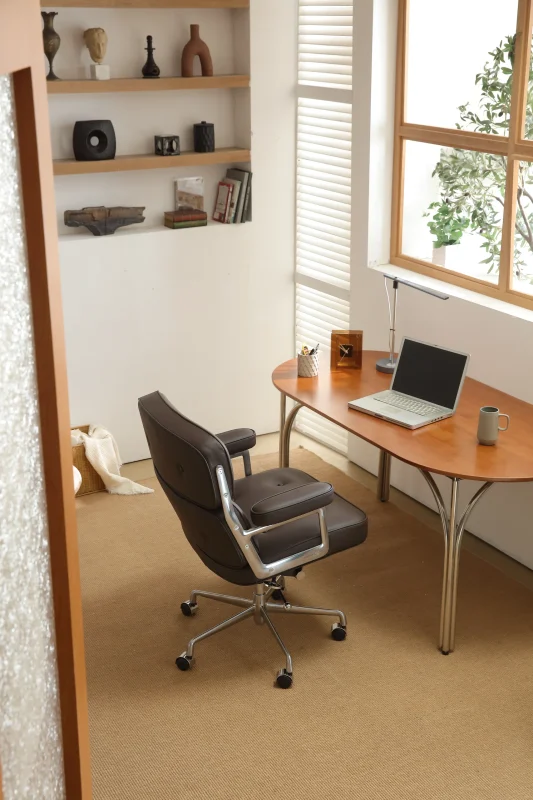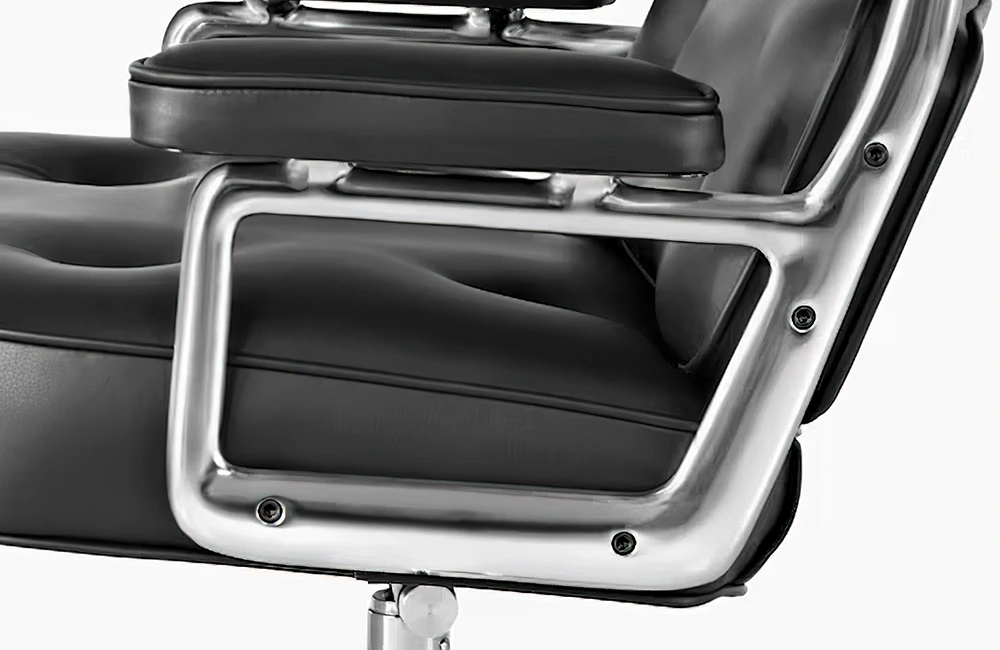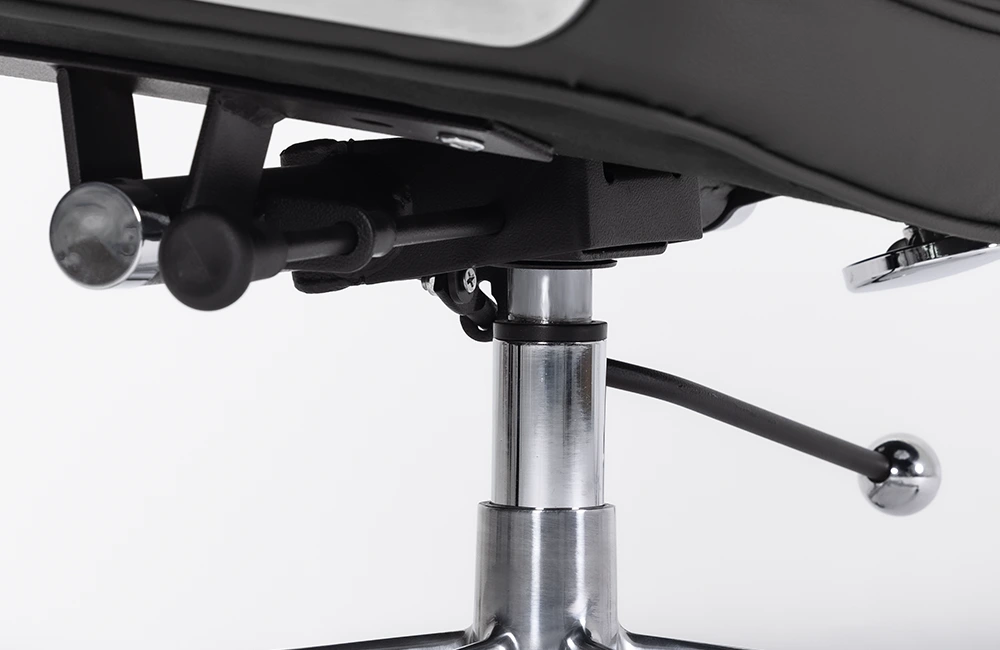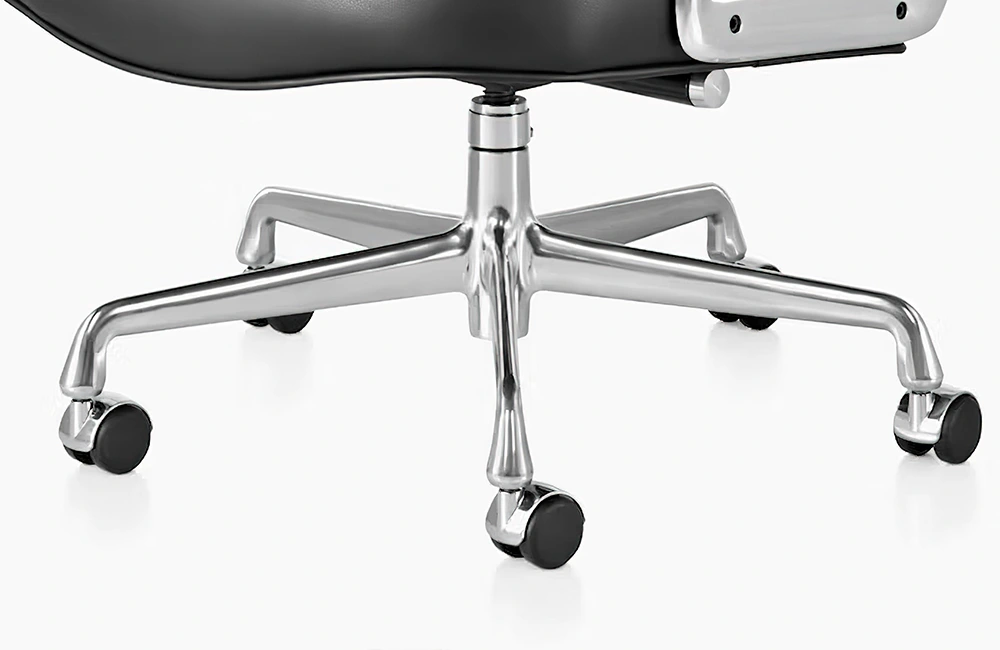Designing a Productive Four-Person Office: Reimagining Comfort, Focus, and Collaboration
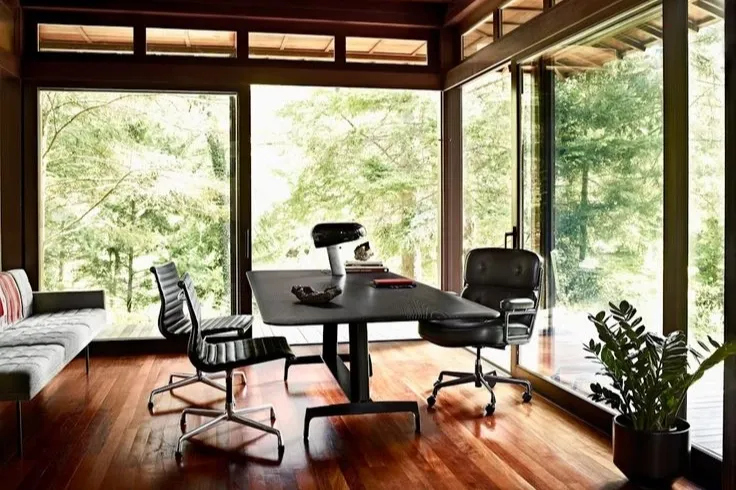
The way we work has changed. For many, the home office became the unexpected epicenter of productivity—until distractions, fatigue, and isolation revealed its limits. As teams return to shared spaces, companies are asking a new question: How can we design smaller offices that don’t just fit people, but fuel them?
In this reimagined landscape, the four-person office is gaining attention, not as a compromise, but as a strategic design choice. When executed with intention, it offers a rare balance: intimacy without crowding, collaboration without chaos, and focus without isolation.
Why the Four-Person Office Works
Spatial design is never neutral. Every element—from acoustics to furniture scale—influences how people think, move, and interact.
Small, well-organized offices offer:
Reduced sensory overload compared to open-plan layouts.
Faster feedback loops through close proximity.
Improved acoustic clarity that supports deep focus and authentic dialogue.
But it’s not about simply shrinking space—it’s about refining it. A productive four-person office begins with human-centric thinking.
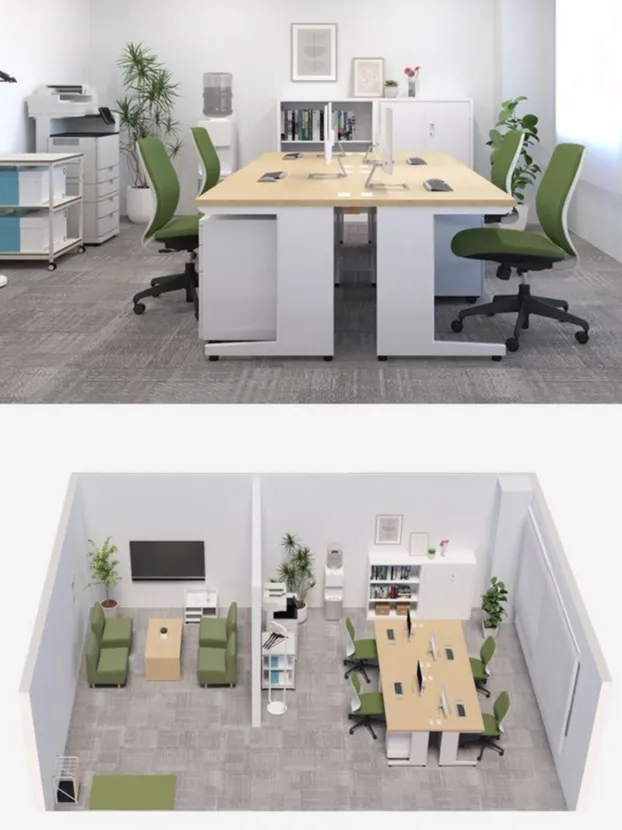
The Invisible Architecture of Efficiency
Designers and behavioral scientists increasingly agree: workplace layout shapes behavior as much as management does. In fact, a growing body of environmental psychology research identifies three key neurocognitive pathways impacted by office design:
Sustained Attention: Influenced by noise levels, lighting conditions, and seating comfort.
Cognitive Flexibility: Supported by ease of movement, layout clarity, and visual balance.
Emotional Regulation: Affected by privacy levels, sensory harmony, and perceived autonomy.
A well-designed office nurtures these processes, allowing people to shift effortlessly between solo concentration and collaborative work.
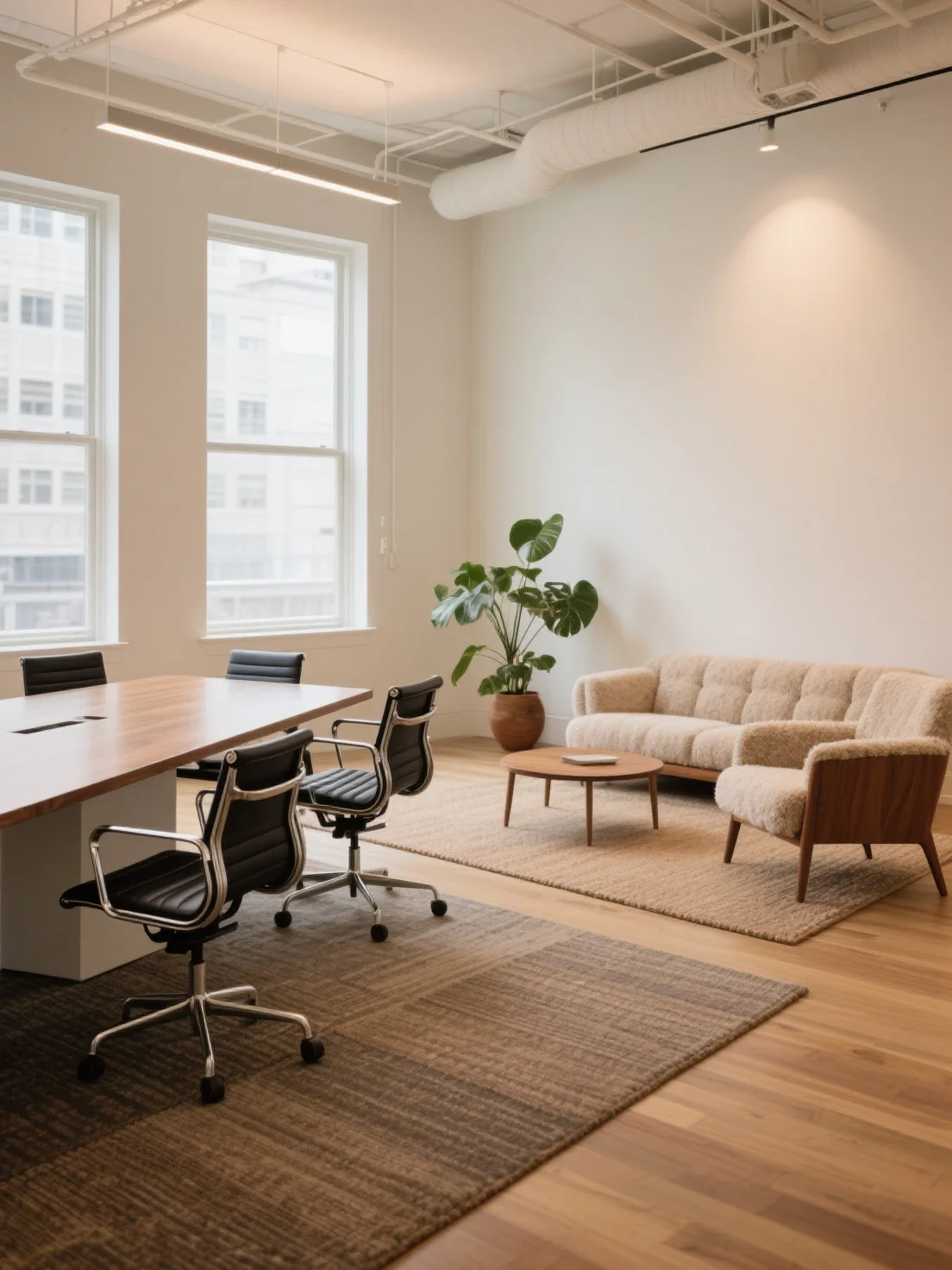
Chairs as Cognitive Tools, Not Just Furniture
Of all the elements in an office, the chair is perhaps the most personal. It determines how you sit, how long you can focus, and how your body feels at 4 p.m. on a Thursday.
In a shared office, its role becomes even more critical. Chairs that support good posture and dynamic movement don’t just prevent fatigue—they enable better interaction, smoother transitions between tasks, and a more grounded presence in meetings.
And when all four seats support this kind of engagement, the room itself becomes a system for sustained productivity.
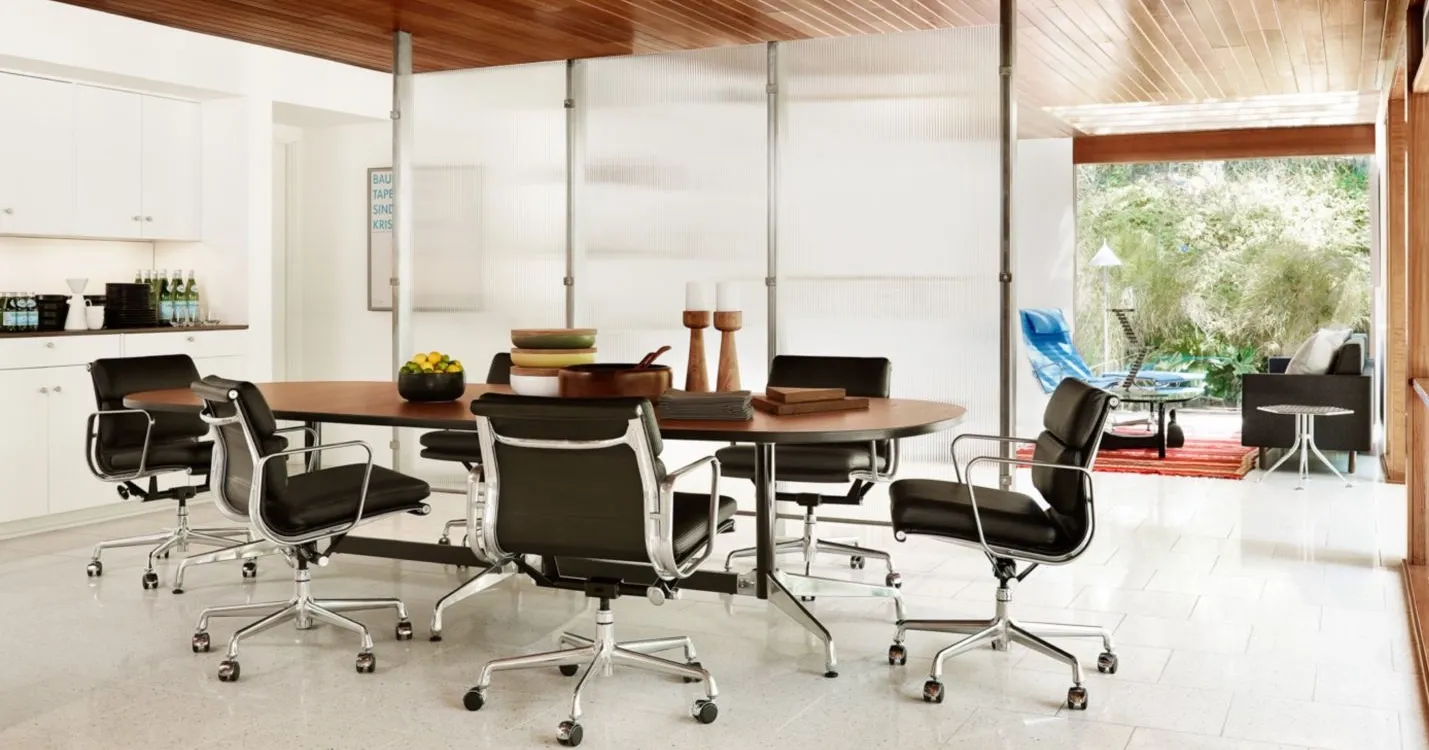
Design Principles for High-Functioning Shared Offices
Here are several design strategies that enhance both the function and feeling of four-person workspaces:
1. Equity in Layout
Arrange desks and seating in a way that communicates equal status and mutual visibility. This fosters openness and psychological safety.
2. Zoning by Intention
Use subtle shifts in material, lighting, or desk orientation to distinguish between focus zones and casual collaboration areas—without using walls.
3. Flow-First Planning
Map walking paths that minimize disruption. Ensure chairs rotate and glide easily to reduce friction—literally and figuratively.
4. Ambient Intelligence
Adjust lighting color temperature throughout the day to support circadian rhythms. Control background noise with materials that balance clarity and calm.
5. Symbolic Design
Small choices—matching chairs, unified palettes, thoughtful finishes—signal care and clarity. These aesthetic cues influence how teams perceive their value within the organization.
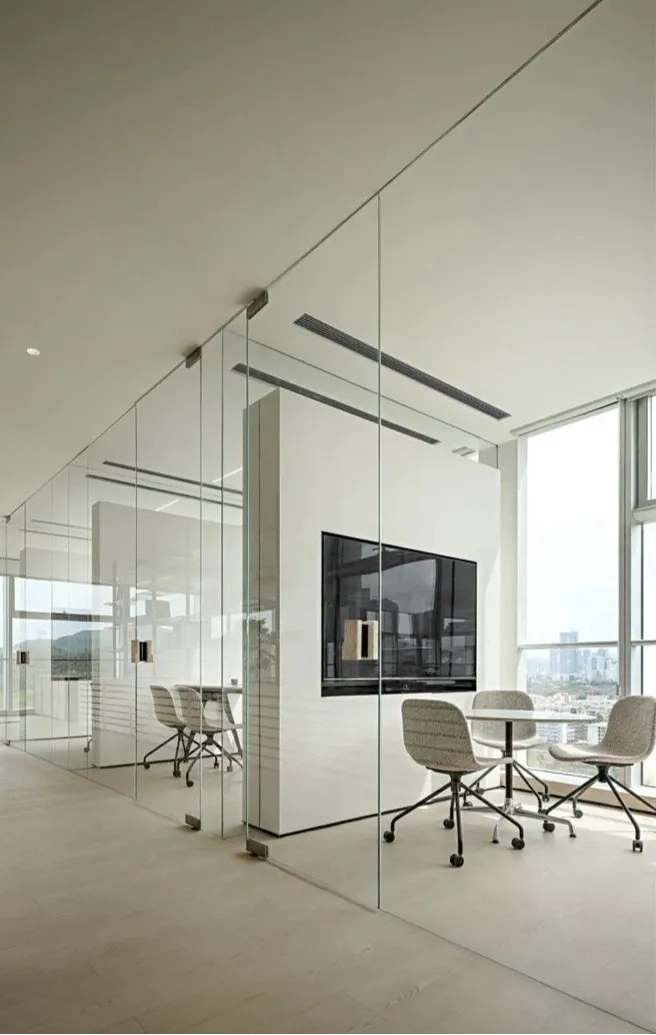
The Cultural Value of a Well-Designed Chair
While design often focuses on visual appeal, its deeper function is cultural. A chair that prioritizes support and elegance communicates something larger: that the organization values not just output, but experience. That it sees employees as thinkers, not just workers.
In this way, design becomes part of the social contract between people and place.
Rethinking Office Design as Organizational Strategy
The future of the workplace won’t be defined by square footage or headcount ratios. It will be defined by intentional environments that reflect a company’s mission, values, and humanity.
A four-person office is more than a floor plan. It’s a statement of design philosophy—one that understands that less space can mean more depth, and fewer distractions can mean greater focus.
And when every element, from the chair to the ambient soundscape, is chosen with purpose, that philosophy becomes tangible.

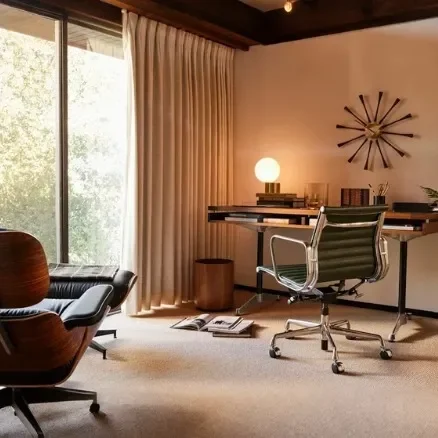
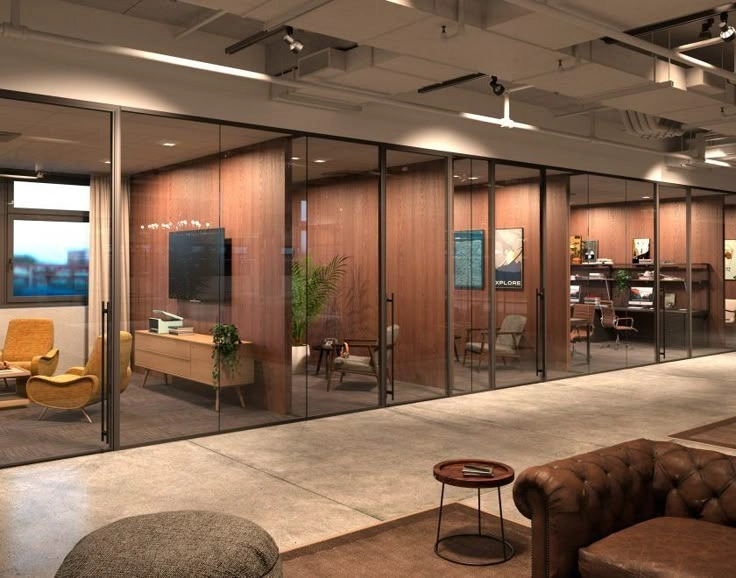
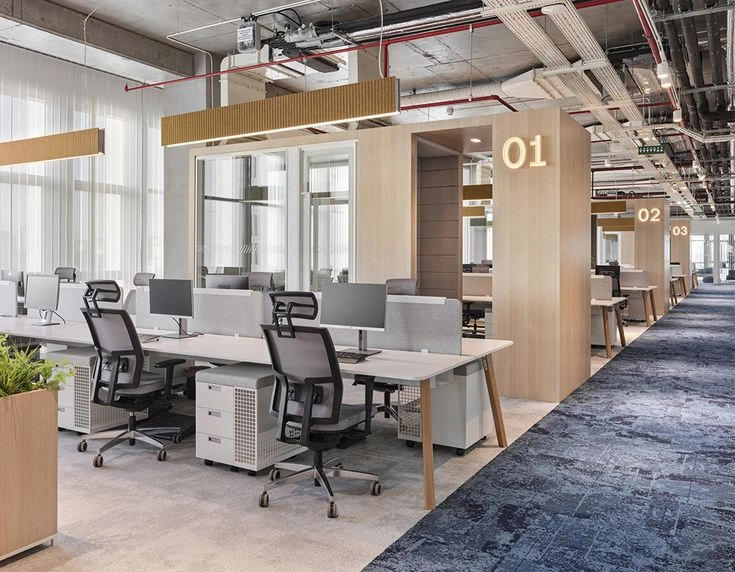
At Artivano, we approach design as a dialogue between form, function, and feeling. We believe that great spaces don’t just look beautiful—they perform beautifully. That true comfort is engineered, not improvised. And that the objects we place in our work environments should elevate our thinking, not distract from it.
Whether you’re designing a new space or rethinking an existing one, we invite you to explore how design choices—no matter how subtle—can shape the rhythm of your workday and the spirit of your team.
